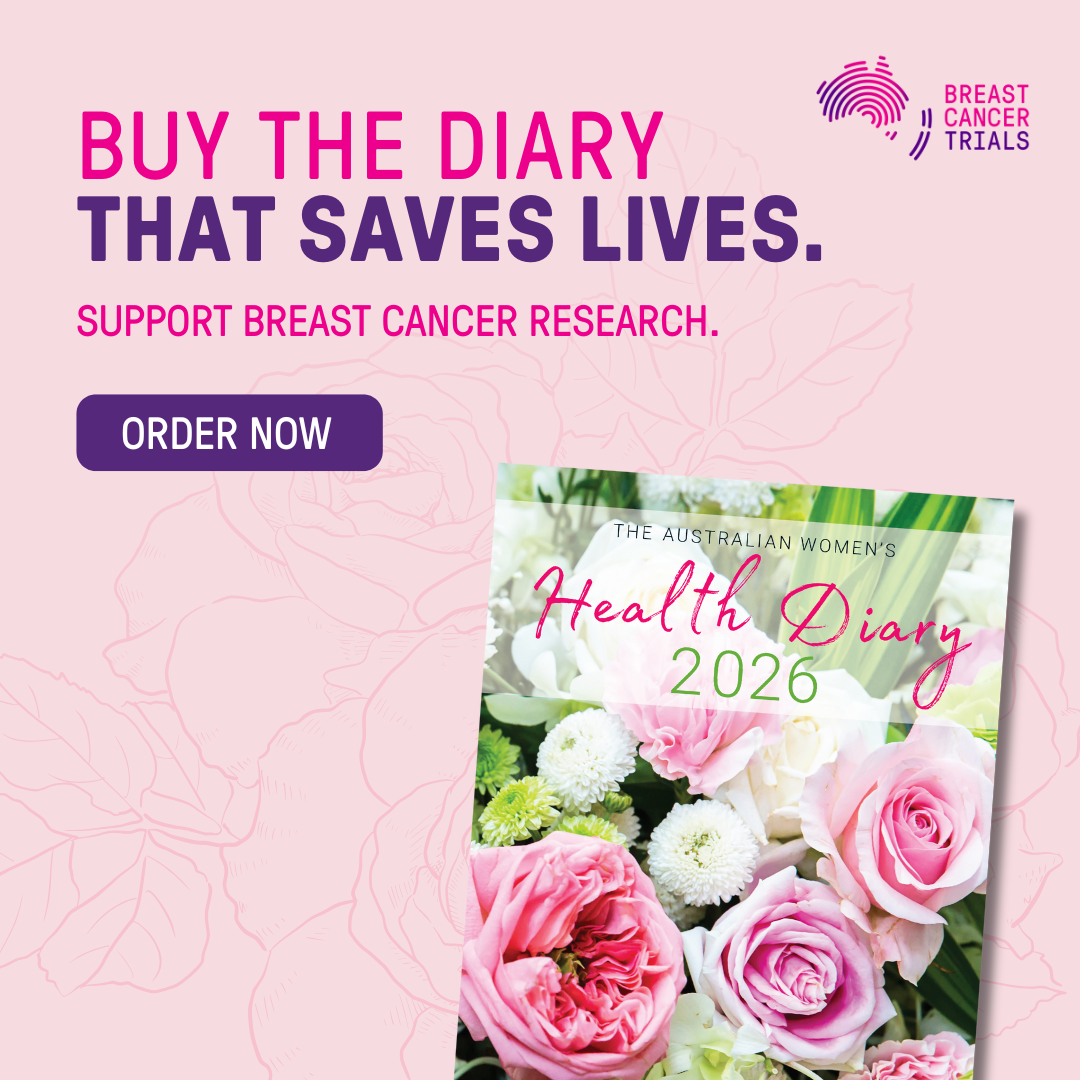Australian women’s healtech startup, Femtek, has raised $1 million to propel the development of its signature cycle-tracking product – the Basal Body Ring.
The round has been led by Arcanys Ventures and Techstars, with participation from angel investors. It also follows a successful Kickstarter campaign that netted over $133,000 and has helped result in over 500 current active users across Australia, Europe and the US.
Femtek was founded by Olivia Orchowski in 2020, whose journey from a personal trainer to a women’s health-focused founder underscores the company’s mission – to address the significant gap in the wearable market.
Femtek has done this by creating a product specifically tailored to track women’s cycles and measure their basal body temperature, heart rate, and heart rate variability.
Accurate data is at the centre of the ring, which is compatible with those who have irregular cycles, PCOS and endometriosis.
The idea is that the data can then be used to address women’s health needs by their healthcare professionals.
“All of the wearables on the market were very much geared towards men. There weren’t many options and there was nothing that was specifically for women,” Orchowski said to SmartCompany.
Designed to be worn at night, the Basal Body Ring circumvents the common pitfalls of daily wearables, such as style incompatibility and charging requirements.
Orchowski’s nighttime approach is also rooted in sensitivity to women’s preferences and needs.
“It may not be something a lot of women actually want to publicly disclose. There’s women who have a lot of fertility issues, women who have issues conceiving or have had losses,” Orchowski said.
Femtek wanted to remove this as a conversation starter where women may be asked what the ring is for or why they stopped wearing it.
“It was really just a no-brainer of a decision where we could just circumvent this by making it something that’s worn overnight,” Orchowski said.
Femtek’s decision to forgo a subscription model for the basal body ring underscores its commitment to accessibility and financial safety for women.
“It’s something that I personally don’t believe in. I think that the subscription fee is something that has been introduced by a lot of tech companies because venture capital and investors are looking for recurring revenue and subscription fees really easy,” Orchowski said.
Orchowski argues that the subscription model prevalent in the tech industry disproportionately affects women, who already face higher healthcare costs.
“Our whole mission is about giving women body literacy and cycle literacy which helps them make better healthcare decisions and lessen the cost of women’s healthcare,” Orchowski said.
“So with the ring, there’s no need to have a subscription fee because when you look at our product roadmap and what we’re actually wanting to build out within the Femtek ecosystem, it’s not reliant on having that recurring revenue — here’s so many other ways that we’re looking to develop our company and additional products.”
The $1 million funding will fuel further product development, team expansion and marketing initiatives. However, the round is not yet closed. Femtek is still looking to raise further and is also applying for LaunchVic’s Alice Anderson Fund. If successful, Femtek will close the round as oversubscribed.
Fundraising has been no easy feat for the startup in the current economic climate, particularly in a market skewed towards software solutions and wary of hardware and direct-to-consumer products.
But Femtek is looking forward, with plans to bring out more software and hardware solutions for customers and healthcare providers in the future.
” There’s a couple of direct-to-consumer products that we’re wanting to launch which really helped fund that communication barrier that women may have with partners. And then there’s also B2B coaching practitioner portals — which is what I initially wanted from the product and from the data,” Orchowski said.
“But really when it’s all boiled back it’s about creating data and products that help consumers and healthcare professionals achieve better outcomes for their clients and for individual health.”
This article was first published by SmartCompany.



